Catharanthine
Synonym(s):(+)-3,4-Didehydrocoronaridine;(2α,5β,6α,18β)-3,4-Didehydroibogamine-18-carboxylic acid methyl ester;7-Ethyl-9,10,12,13-tetrahydro-6,9-methano-5H-pyrido[1′,2′:1,2]azepino[4,5-b]indole-6(6aH)-carboxylic acid methyl ester
- CAS NO.:2468-21-5
- Empirical Formula: C21H24N2O2
- Molecular Weight: 336.43
- MDL number: MFCD01753356
- EINECS: 219-586-6
- SAFETY DATA SHEET (SDS)
- Update Date: 2025-12-19 17:28:17
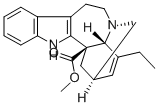
What is Catharanthine?
Chemical properties
Off-White to Pale Beige Solid
The Uses of Catharanthine
Catharanthine is an indole alkaloid analog and an inhibitor of TRPM8.
The Uses of Catharanthine
Precursor of Vinblastine-type alkaloids
The Uses of Catharanthine
Anticancer
What are the applications of Application
Catharanthine base is an alkaloids present in Catharanthus roseus
Definition
ChEBI: Catharanthine is an organic heteropentacyclic compound and monoterpenoid indole alkaloid produced by the medicinal plant Catharanthus roseus via strictosidine. It is a bridged compound, an organic heteropentacyclic compound, a methyl ester, a monoterpenoid indole alkaloid, a tertiary amino compound and an alkaloid ester. It is a conjugate base of a catharanthine(1+).
Properties of Catharanthine
| Melting point: | 138-1400C |
| Boiling point: | 472.9°C (rough estimate) |
| alpha | D27 +29.8° (CHCl3) |
| Density | 1.1367 (rough estimate) |
| refractive index | 1.6500 (estimate) |
| storage temp. | Sealed in dry,Store in freezer, under -20°C |
| solubility | DMSO: soluble5mg/mL (clear solution; warmed) |
| form | powder |
| pka | 6.8(at 25℃) |
| color | white to beige |
| optical activity | [α]/D +30 to +38° (c=0.5, CDCl3) |
Safety information for Catharanthine
| Signal word | Warning |
| Pictogram(s) |
 Exclamation Mark Irritant GHS07 |
| GHS Hazard Statements |
H302:Acute toxicity,oral H315:Skin corrosion/irritation H317:Sensitisation, Skin H319:Serious eye damage/eye irritation |
| Precautionary Statement Codes |
P261:Avoid breathing dust/fume/gas/mist/vapours/spray. P264:Wash hands thoroughly after handling. P264:Wash skin thouroughly after handling. P270:Do not eat, drink or smoke when using this product. P272:Contaminated work clothing should not be allowed out of the workplace. P280:Wear protective gloves/protective clothing/eye protection/face protection. P302+P352:IF ON SKIN: wash with plenty of soap and water. P305+P351+P338:IF IN EYES: Rinse cautiously with water for several minutes. Remove contact lenses, if present and easy to do. Continuerinsing. P333+P313:IF SKIN irritation or rash occurs: Get medical advice/attention. P337+P313:IF eye irritation persists: Get medical advice/attention. |
Computed Descriptors for Catharanthine
New Products
4,4-Difluoropiperidine hydrochloride tert-butyl 9-methoxy-3-azaspiro[5.5]undecane-3-carboxylate Indole Methyl Resin N-Isopropylurea N,N-Dicyclohexylcarbodiimide(DCC) MELDRUMS ACID 5-METHYLISOXAZOLE-4-CARBOXYLIC ACID Magnessium Bis glycinate Zinc ascorbate 1-bromo-2-butyne 2-acetamidophenol 9(10H)-anthracenone Erythrosin B, 4-Piperidinopiperidine 2-((4-morpholinophenylamino) (methylthio) methylene) malononitrile 2,4-dihydroxybenzaldehyde 3-(4-morpholinophenylamino)-5-amino-1H-pyrazole-4-carbonitrile Methyl 2-methylquinoline-6-carboxylate 2,6-dichloro-4-nitropyridine 4-Bromo-2-chlorobenzonitrile 2-(benzylamino)acetic acid hydrochloride 4-(tert-Butoxycarbonylamino)but- 2-ynoic acid 3,4-dihydro-2H-benzo[b][1,4]dioxepine 1-Phenyl-1-cycloprppanecarboxylicacidRelated products of tetrahydrofuran
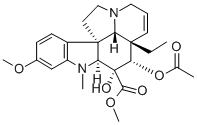
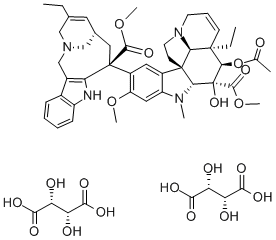
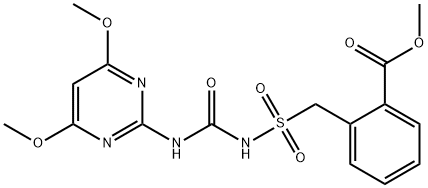
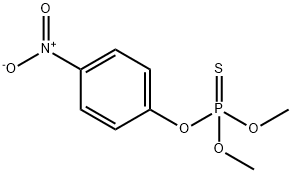
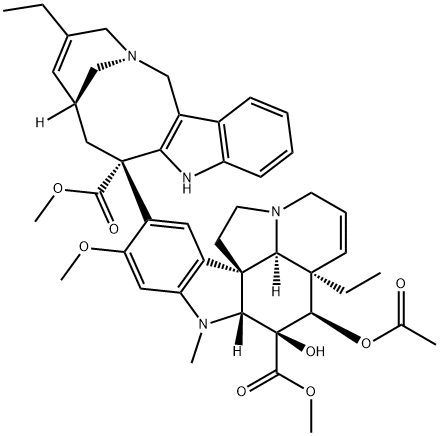



You may like
-
 Catharanthine 95.00% CAS 2468-21-5View Details
Catharanthine 95.00% CAS 2468-21-5View Details
2468-21-5 -
 3-(4-amino-1-oxoisoindolin-2-yl)-1-methylpiperidine-2,6-dione 98%View Details
3-(4-amino-1-oxoisoindolin-2-yl)-1-methylpiperidine-2,6-dione 98%View Details -
 614-19-7 98%View Details
614-19-7 98%View Details
614-19-7 -
 3112-85-4 Methyl phenyl sulfone 98%View Details
3112-85-4 Methyl phenyl sulfone 98%View Details
3112-85-4 -
 20677-73-0 (2,2-diethoxyethyl)methylamine 98%View Details
20677-73-0 (2,2-diethoxyethyl)methylamine 98%View Details
20677-73-0 -
 3-(4-(hydroxyamino)-1-oxoisoindolin-2-yl)piperidine-2,6-dione 98%View Details
3-(4-(hydroxyamino)-1-oxoisoindolin-2-yl)piperidine-2,6-dione 98%View Details -
 57381-49-4 2-bromo-4-chlorobenzonitrile 98%View Details
57381-49-4 2-bromo-4-chlorobenzonitrile 98%View Details
57381-49-4 -
 4,6-dichloropyrimidine-5-carbaldehyde 98%View Details
4,6-dichloropyrimidine-5-carbaldehyde 98%View Details
5305-40-8
Statement: All products displayed on this website are only used for non medical purposes such as industrial applications or scientific research, and cannot be used for clinical diagnosis or treatment of humans or animals. They are not medicinal or edible.
